Going Forward by Looking Backward
Why shoot film in a digital world? Let’s start with full disclosure; I do have, and occasionally shoot, a Nikon D2Hs and a Nikon D810 and D3 cameras. The D810 for any serious client based work where they insist on having digital. (or, it just makes more sense for their usage) And the D2Hs, for anything that is restricted to the web. (club pics, party pics, Facebook/Instagram uploads) On the latter, I don’t know why people question me on using a 4.1 MP camera. The files are still TOO BIG for that usage, and need to be reduced in post. Not to mention I have laser C-prints from the D3, (12MP) done at ICON LA and Duggal in NY that are 6 ft x 4 ft with no “upressing”. Is upressing still a word? Anyhow, yes I mostly use a Rollei 6008, Nikon F4s or Contax G for 90% of what I do. This article is not telling anyone to throw away your digital cameras! I needed to say that so people stop sending me hate mail and calling me names.
There are a number of reasons I prefer to shoot on film. And these are my reasons why. If you’re just adamantly against even the suggestion,….STOP READING RIGHT NOW. Don’t stress yourself. If you want to sit in front of a computer “fixing” images all day, knock yourself out. There is no one in the film community who will think any the lesser of you.
I hope you walk away thinking maybe you need a new outlook, and film will probably open more doors than it closes. Let’s keep it positive. Here’s what film does for you. Whether you’re a seasoned professional or just a beginner.
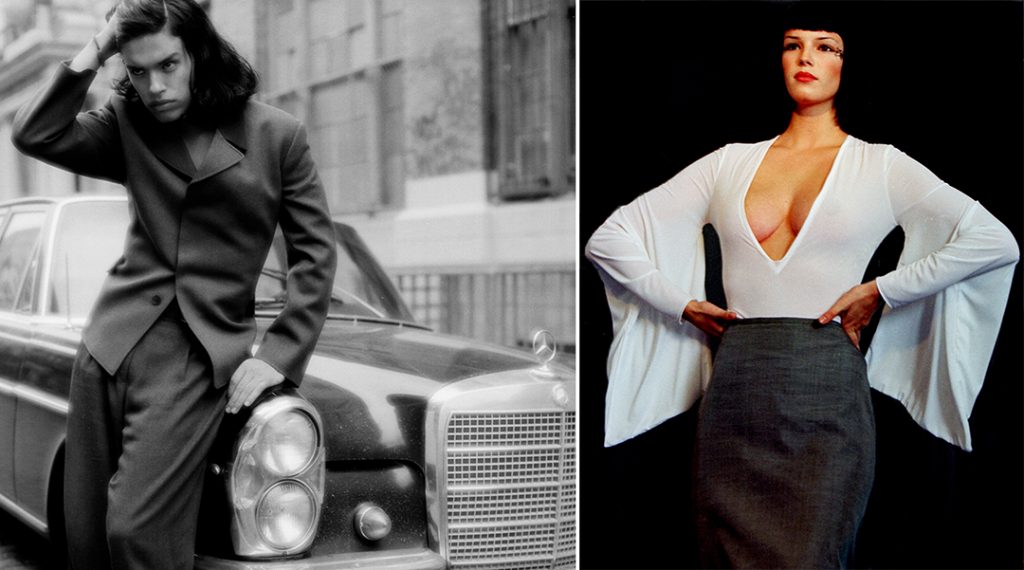
Develop Skill and Understanding
When you don’t have an image to continuously look at, or a histogram to try to prevent ‘blowing highlights’, your level of understanding depth of field, dynamic range and latitude forces you to concentrate on composition. When you put in that roll of film, the fixed ISO forces shutter and aperture setting decisions that you may make. You’re not all over the place willy-nilly. And the importance of ‘manual’ for a specific vision takes on an importance never attributed before. (and can be applied to all capture devices) It forces you to realize all the different aspects of an image that make it wondrous,…or just a dud. I analogize it to reading a book vs. watching the movie. As an example, most people will tell you that the book ‘Jurassic Park’ is much better than the movie. And, yes, the movie was good, too. Just different. Secondly, it doesn’t take a lot of mistakes before you start becoming very focused and careful. No breaking your train of thought to continually look at a screen. (yes, even I do that,…it’s like a drug) Focus mentally, shoot once. I should also tell everyone that digital cameras are my new “Polaroid”. (when I need to do a lighting/compositional Polaroid,…actually it’s a better Polaroid than Polaroid 😁)
Plus,…It’s Cheaper
I can actually feel people yelling at the screen. 😊 The cost of top of the line film cameras is unbelievably inexpensive in reference to DSLR’s. Even cheapo plastic wonder digitals. And while some lens coatings have gotten incrementally better, many lenses from 50 years ago are still hard to beat. And most modern lenses, AF or not, still fit on the classic cameras. Even Nikon, Leica, Zeiss, and others, still produce lens mounts suitable for even half century old cameras. So no biggie. Plus, most of the images we still admire were shot on film. And all 35mm cameras are “full frame”. And medium format,….especially a 6×7 camera,… are glorious in their negatives/transparencies. (don’t get me started on large format) Yeah, yeah, I know you can’t use Canon FD lens mount cameras with today’s digital Canon lenses. However, Canon did go EOS mount before digital. So, EOS 1’s, 3’s and even Rebels work fine with Canon’s modern day lens offerings. So, unless you’re shooting full frame, (expensive), digital, you’re missing out on a whole different view. (35MM) And since the expense of film and processing, (unless you process yourself,…like me), is cheaper than one good DSLR, it’s a no brainer. (100 rolls of Portra + send out processing = 3600 images = about $1600,….less than half that if you develop yourself) And for those of you, (not counting large campaigns,…I never paid for that film/processing/scans for press), who insist on doing more than 3600 images a year,… oh, well. Shoot digital. Weirdly, it’s very easy to lose detail in the highlights with digital. But,….underexposure is the bane of film, and shadows will eventually block up.
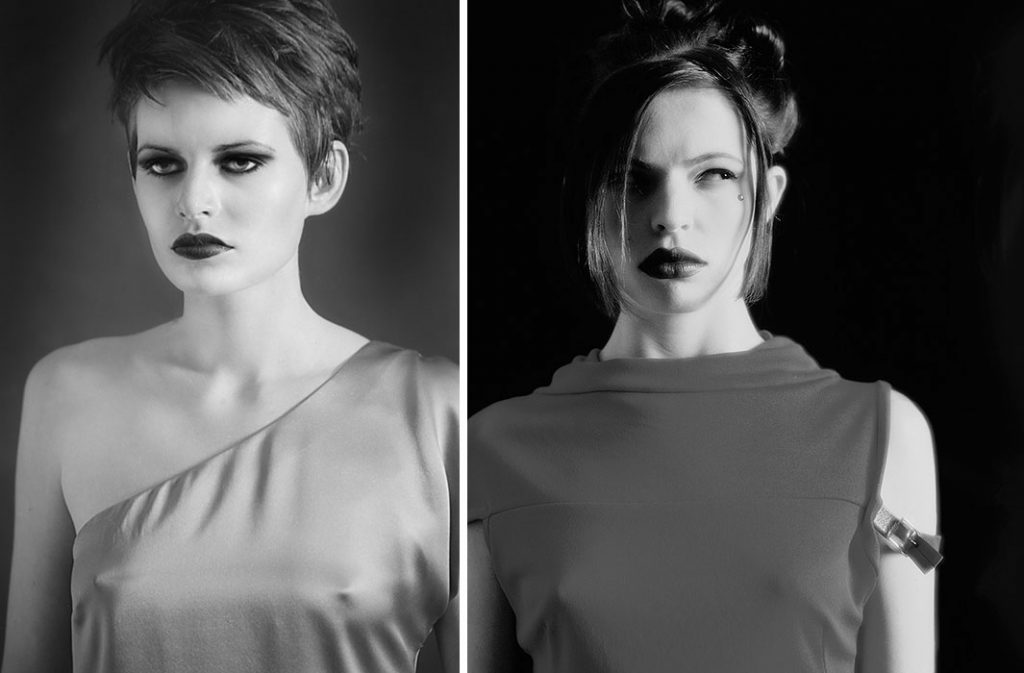
Better Quality
Now this part will make some people crazy. Seriously. Like “rabid crazy”. Expect charts and MTF graphs/pixel peeping to be the soup du jour. But the first thing you’ll notice,… the quality of film is shockingly better. Hopefully the naysayers didn’t read down this far. The whole point of a sensor was to emulate film in the best way it knew how. Mostly with software. Considering film is decades older technology, even I’m perplexed. I think it has something to do with how the eye sees. Infinitely varied organic rounds vs precision, clinical squares, and chemical nuance over 0’s and 1’s. Don’t know. But film has better colors, more intense blacks, wider dynamic range, and is sharper. Not to mention digital is limited to megapixels. Film is only limited by the scanner/drum scanner. (if you need to have a digital file) A 35mm Kodachrome transparency contains an equivalent of approximately 140 megapixels of data in the 24 mm x 36 mm image. Not the 20MP or so people try to falsely equate to digital. (of course, Kodachrome is just a memory now)

Better Color, Better Dynamic Range
Almost no white balance issues. No “blowing” the highlights. (I’ve over exposed Portra 400 by 3 full stops,…highlights were good) Even with all these 32000 ISO digital cameras, you’re getting unnatural grain and restricted DR. And black and white film DR is off the charts in reference to digital. And the visual depth of a silver black and white print blows any digital print out of the water. I don’t care what Wilhelm, (isn’t that Fred Flintstone’s wife?), or any other self proclaimed institute says. I’ll always believe my eyes first. I’ve compared my own film prints from my own darkroom to professionally done using high end Piezography monochromatic inks. It’s not the same.
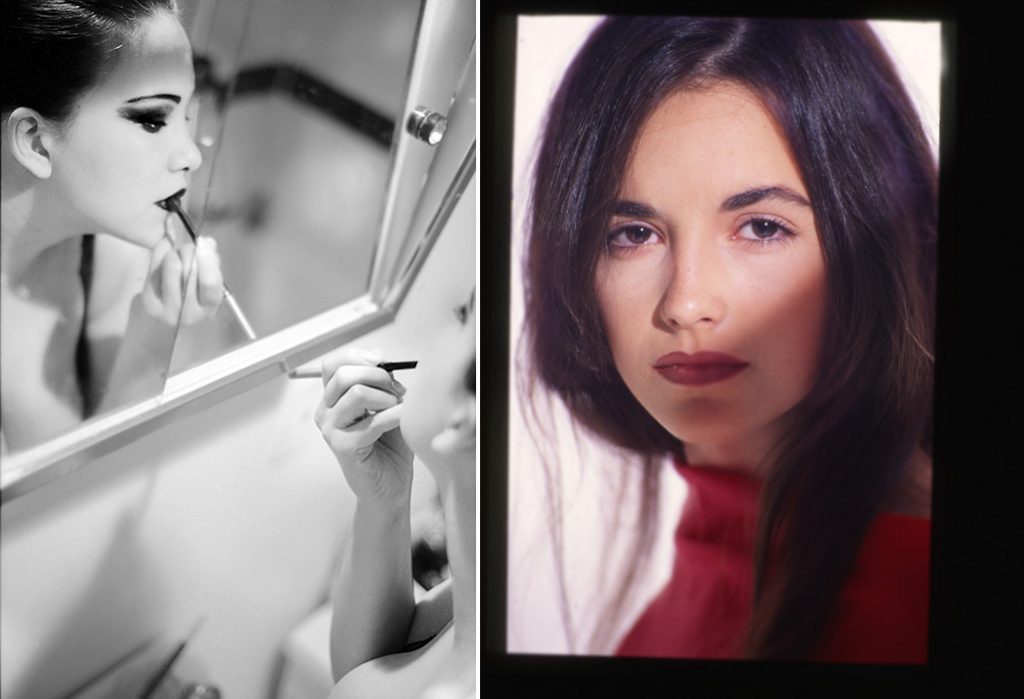
To quote Magnum’s master printer, Pablo Inirio,…“Collectors and galleries still want prints on fiber paper—they just like the way it looks,”. He’s often called upon to print from current members’ film archives, and for the estates of various deceased members, like Dennis Stock and Henri Cartier-Bresson. The prints go to exhibitions, book publishers and private collectors.
Magnum has been digitizing its archive, but so far, Inirio hasn’t been tempted to transfer his skills to the digital realm. “Digital prints have their own kind of look, and it’s fine, but the (darkroom) Photo Print (fiber) have such richness and depth,” he said. He thinks darkroom printing will always be with us—after all, he pointed out, people are still doing daguerreotypes.”
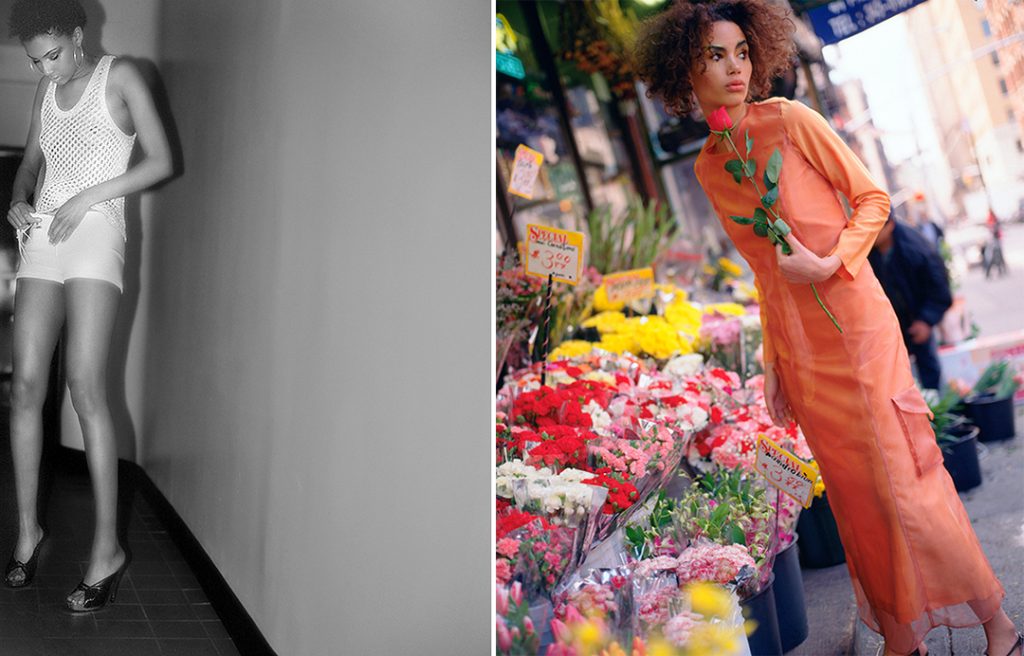
Film and Better Grain
Film is just better at handling grain than any digital camera. Less clinical. An image shot on film may or may not have “noise”, (grain), present. But, it’s smoother, natural and the color is uniform. And the print issues with deep shadows or bright portions of a digital image never seemed balanced. I address this by compressing my dynamic range when shooting digital. Nothing too bright, nothing too dark. But, of course, I have to control the image. Which could be a problem for street shooters and people not using on or off camera strobe. Film is much more forgiving in those less than ideal situations.
Physical Photos
As mentioned above, the point of photography, (for me, at least), is the print. If you shoot a thousand mediocre images, just to store them on your computer, what’s the point? Kind of the old philosophical adage, “If a tree falls in a forest and no one is around to hear it, does it make a sound?” Even if you just hang them in your house,…the print is the real point of taking a photograph. And you can have all the java script slick websites you want. But even modern day AD’s and wedding clients want to see and touch an image portfolio. A computer screen image is just not the same.
The Good, The Bad & The Ugly
OK. First you’ll probably have to buy used. While Leica, Nikon and a few others still make film cameras, it is admittedly a dated technology. Make sure the seals are good on dated cameras, (easy replacement), the shutters are accurate, and everything’s working. Getting film cameras CLA’d is cheap and easy. Not that they all need it. My Nikon F4s looks unused. It was still in the box when bought. There are a lot of mint cameras out there. Do I expect the next moon landing astronauts to use a film camera? No. Do I expect all those big breasted cuties doing selfies to succumb to analog over their iPhones? No. But while the issues of light leaks, and the sometimes obvious “look” of film images, especially in the learning phase, could be problematic for some, it could also be enlightening for others, steering them in a new direction. But, of course, there are always the horror stories of using a film rangefinder and forgetting to take the lens cap off. (no screen to catch that faux pas) But in essence, film and film cameras still rock.
As far as sharpness goes, I’ve already said film is definitively sharper. But everyone and their mother is going to say otherwise. Fact is, it really doesn’t matter. Or as Henri Cartier-Bresson once said; “Sharpness is a bourgeois concept.”
Plus, there’s the added benefit of contributing to modern day culture by preventing any further sociologic abuses of iPhone filters and HDR. Just sayin’.

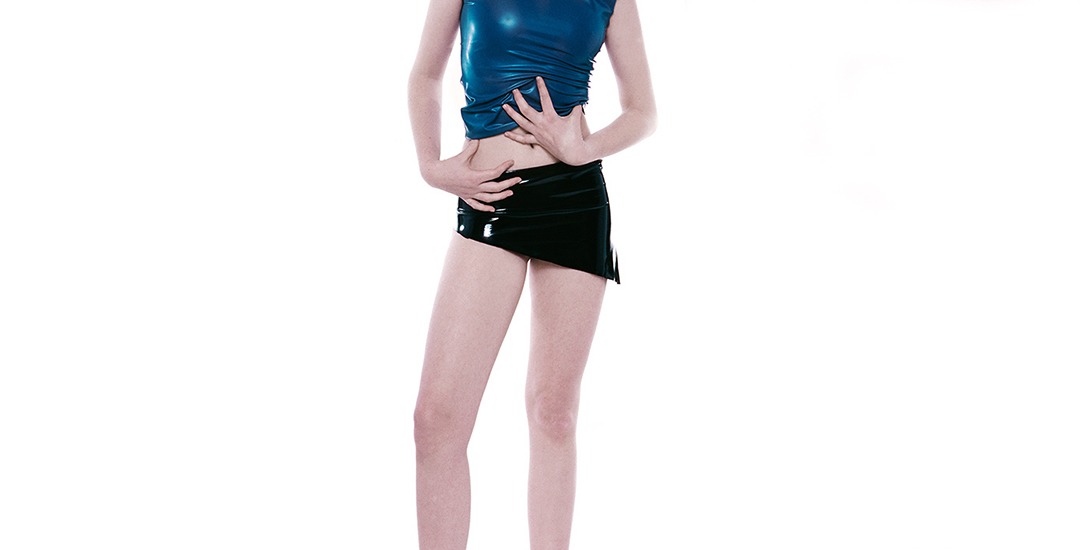
Your page is very interesting. Im reading it with a lot of desire everytime.
Your blog is great source of inspiration for every film photographer. Keep it going.
Thanks, Krzysztof. BTW, your English is really good. Almost as good as your website. 👍
Federico